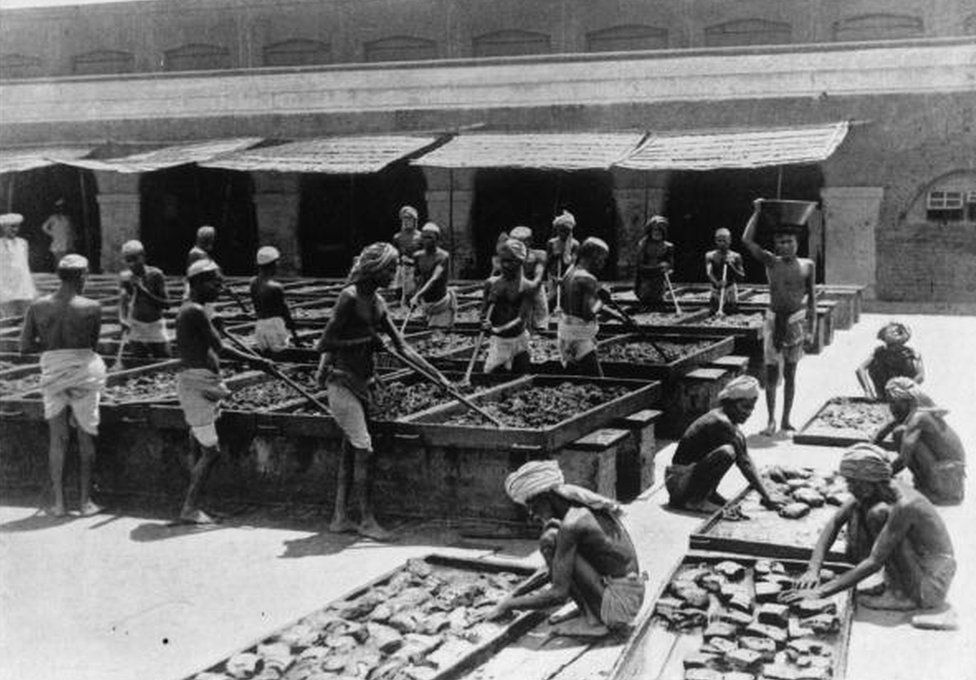

On 12 October 1695, Sir John Gayer, then-governor of Bombay and president of the East India Company, sent a letter to the Lords of Trade, writing: The English government and the Indian emperor were furious about the loss and angry Mughals threatened to put an end to all English trading in India.

It is assumed that the loot totals between £325,000 and £600,000, including 500,000 gold and silver pieces. Pirate Henry Every – His successful raids threatened the English trading in India Piratesīut not only the Dutch were a danger to the EIC, in 1695, the English pirate Henry Every was able to raid the treasure-laden Ganj-i-Sawai, which became known as the richest ship ever taken by pirates. King Charles II was motivated to strengthen the power of the EIC and provisioned the EIC with the rights to autonomous territorial acquisitions, to mint money, to command fortresses and troops and form alliances, to make war and peace, and to exercise both civil and criminal jurisdiction over the acquired areas. The tension was so high between the Dutch and the British East Indies Trading Companies that it escalated into at least four Anglo-Dutch Wars between them. Spices, at the time, could only be found on these islands, such as pepper, ginger, nutmeg, cloves and cinnamon could bring profits as high as 400 percent from one voyage. The British East India Company was fiercely competitive with the Dutch and French throughout the 17th and 18th centuries over spices from the Spice Islands. It specialised in the spice trade and gave its shareholders 40% annual dividend. Within the first two decades of the 17th century, the Dutch East India Company or Vereenigde Oostindische Compagnie, (VOC) was the wealthiest commercial operation in the world with 50,000 employees worldwide and a private fleet of 200 ships. In the 1630s, the Mughal emperor extended his hospitality to the company, but competition with the Dutch grew as well, which resulted in the Anglo-Dutch Wars. A Company with Extraordinary PowersĪs the company expanded, they were able to establish several trading posts and numerous factories in India. Also, James I instructed Sir Thomas Roe to meet Mughal Emperor Nuruddin Salim Jahangir in order to arrange exclusive trading rights and the possibility of building factories in Surat and the surrounding area, which was successful. To succeed against the Dutch and Portuguese on the market, the British realized, that they needed to gain territorial foothold at India’s mainland. The company decided to explore the feasibility of gaining a territorial foothold in mainland India, with official sanction from both Britain and the Mughal Empire, and requested that the Crown launch a diplomatic mission. The company achieved a major victory over the Portuguese in the Battle of Swally in 1612, at Suvali in Surat. English traders frequently engaged in hostilities with their Dutch and Portuguese counterparts in the Indian Ocean. After capturing a rich 1,200 ton Portuguese Carrack in the Malacca Straits the trade from the booty enabled the voyagers to set up two “factories” – one at Bantam on Java and another in the Moluccas (Spice Islands) before leaving. Sir James Lancaster commanded the first East India Company voyage in 1601 aboard the Red Dragon. On 31 December 1600, Queen Elizabeth I granted a Royal Charter to ‘ Governor and Company of Merchants of London trading with the East Indies‘ and the first voyages took place one year after. Although their first attempt had not been completely successful, they nonetheless sought the Queen’s unofficial approval to continue. Two days later, “the Adventurers” reconvened and resolved to apply to the Queen for support of the project. On 22 September 1599, a group of merchants met and stated their intention “ to venture in the pretended voyage to the East Indies (the which it may please the Lord to prosper), and the sums that they will adventure”, committing £30,133. Some smaller companies formed, but several ships got lost on the sea. – Robert Trout The Foundation of the British East India CompanyĪlready 12 years before, the Spanish Armada was defeated and merchants turned to the Queen, asking for permission to sail to the Indian Ocean, which was granted. “The East India Company established a monopoly over the production of opium, shortly after taking over Bengal.” On December 31, 1600, the British East India Company (EIC) received a Royal Charter from Queen Elizabeth making it the oldest among several similarly formed European East India Companies pursuing trade with the East Indies. Royal George was one of the five East Indiamen the Spanish fleet captured in 1780.


 0 kommentar(er)
0 kommentar(er)
